Intro
Learn about Achilles tendon repair surgery, a procedure to treat tendon ruptures, using minimally invasive techniques, physical therapy, and rehabilitation for optimal recovery and pain relief.
The Achilles tendon is one of the most critical tendons in the human body, connecting the calf muscles to the heel bone and facilitating movements such as walking, running, and jumping. Unfortunately, this tendon is also prone to injuries, particularly tears, which can significantly impact an individual's quality of life. In severe cases, Achilles tendon repair surgery may be necessary to restore tendon function and alleviate pain. Understanding the importance of this surgical procedure and its implications is crucial for individuals suffering from Achilles tendon injuries.
Achilles tendon injuries can occur due to various reasons, including sudden contractions of the calf muscles, direct blows to the tendon, or repetitive strain over time. These injuries can range from mild to severe, with the most severe cases involving complete tears of the tendon. While mild cases may be treated with conservative methods such as physical therapy and bracing, severe cases often require surgical intervention to repair the damaged tendon. The decision to undergo surgery depends on various factors, including the severity of the injury, the individual's overall health, and their activity level.
The prospect of undergoing surgery can be daunting, especially for those who are unfamiliar with the process and its outcomes. However, advancements in medical technology and surgical techniques have significantly improved the success rates of Achilles tendon repair surgeries. These surgeries are typically performed by orthopedic surgeons who specialize in foot and ankle procedures. The primary goal of the surgery is to repair the damaged tendon, restore its function, and enable the individual to return to their normal activities without pain or limitations. By understanding the benefits, risks, and recovery process associated with Achilles tendon repair surgery, individuals can make informed decisions about their treatment options.
Achilles Tendon Repair Surgery Overview
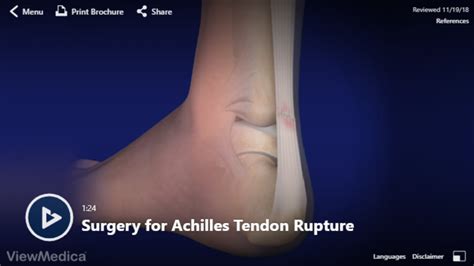
Types of Achilles Tendon Repair Surgeries
There are several types of Achilles tendon repair surgeries, each with its own advantages and disadvantages. Open surgery is the most traditional approach, involving a single incision in the back of the leg to access the damaged tendon. Percutaneous surgery involves multiple small incisions through which surgical instruments are inserted to repair the tendon. Minimally invasive surgery uses specialized instruments and cameras to visualize and repair the tendon through small incisions. The choice of surgical technique is critical, as it can impact the recovery time, risk of complications, and overall outcome of the surgery.Benefits of Achilles Tendon Repair Surgery
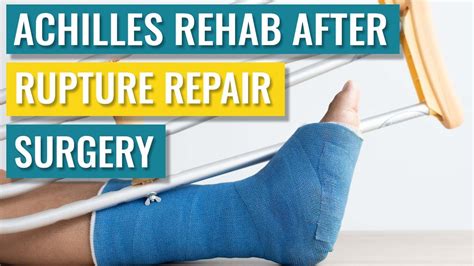
Working Mechanisms of Achilles Tendon Repair Surgery
The working mechanisms of Achilles tendon repair surgery involve several key steps. First, the surgeon makes an incision in the back of the leg to access the damaged tendon. The tendon is then carefully examined to determine the extent of the damage. The surgeon may use specialized instruments to remove any damaged or scarred tissue and prepare the tendon for repair. The tendon is then repaired using sutures or other fixation devices, and the incision is closed. In some cases, the surgeon may use reinforcement materials, such as grafts or implants, to augment the repair and promote healing.Steps Involved in Achilles Tendon Repair Surgery
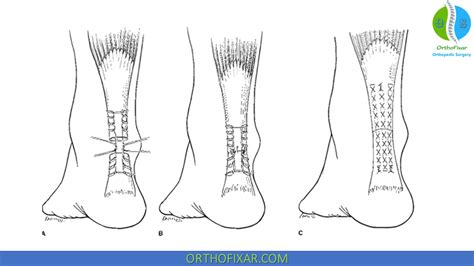
Recovery Process After Achilles Tendon Repair Surgery
The recovery process after Achilles tendon repair surgery can be lengthy and requires careful planning and execution. Immediately after surgery, the individual is typically immobilized in a cast or boot to protect the repair and promote healing. They may also require pain medication and physical therapy to manage pain and improve mobility. As the tendon heals, the individual can gradually progress to weight-bearing activities and strengthening exercises. The recovery process can take several months, and it is essential to follow the surgeon's instructions and attend follow-up appointments to ensure a smooth and successful recovery.Risks and Complications of Achilles Tendon Repair Surgery
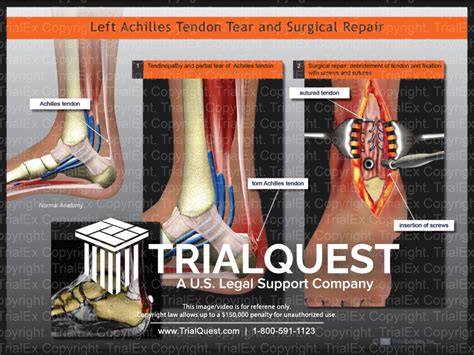
Practical Examples of Achilles Tendon Repair Surgery
Achilles tendon repair surgery has been successfully used to treat a wide range of tendon injuries, from mild to severe. For example, a professional athlete who suffers a complete Achilles tendon rupture during a game may undergo surgery to repair the tendon and return to competition. Similarly, an individual who experiences chronic pain and limited mobility due to a tendon injury may undergo surgery to repair the tendon and improve their quality of life. By understanding the practical applications of Achilles tendon repair surgery, individuals can better appreciate the benefits and risks of the procedure.Statistical Data on Achilles Tendon Repair Surgery
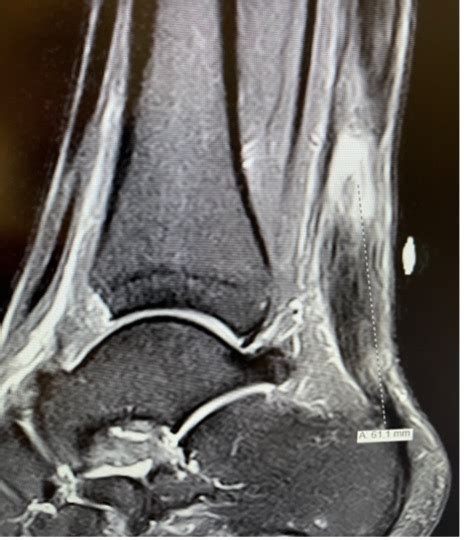
Future Directions in Achilles Tendon Repair Surgery
The field of Achilles tendon repair surgery is constantly evolving, with new techniques and technologies being developed to improve the effectiveness and safety of the procedure. For example, the use of biologic agents, such as platelet-rich plasma (PRP), has shown promise in promoting tendon healing and reducing the risk of complications. Additionally, the development of minimally invasive surgical techniques has improved the recovery process and reduced the risk of complications. By staying up-to-date with the latest advancements in Achilles tendon repair surgery, individuals can take advantage of the latest technologies and techniques to improve their outcomes and quality of life.Conclusion and Final Thoughts

What is Achilles tendon repair surgery?
+Achilles tendon repair surgery is a surgical procedure designed to treat severe Achilles tendon injuries, particularly those involving complete tears.
What are the benefits of Achilles tendon repair surgery?
+The benefits of Achilles tendon repair surgery include the restoration of tendon function, prevention of further complications, and promotion of faster healing.
What are the risks and complications of Achilles tendon repair surgery?
+The risks and complications of Achilles tendon repair surgery include infection, bleeding, nerve damage, and tendon re-rupture.
How long does it take to recover from Achilles tendon repair surgery?
+The recovery process after Achilles tendon repair surgery can take several months, depending on the individual's specific needs and the severity of the injury.
What are the latest advancements in Achilles tendon repair surgery?
+The latest advancements in Achilles tendon repair surgery include the use of biologic agents, such as platelet-rich plasma (PRP), and the development of minimally invasive surgical techniques.

